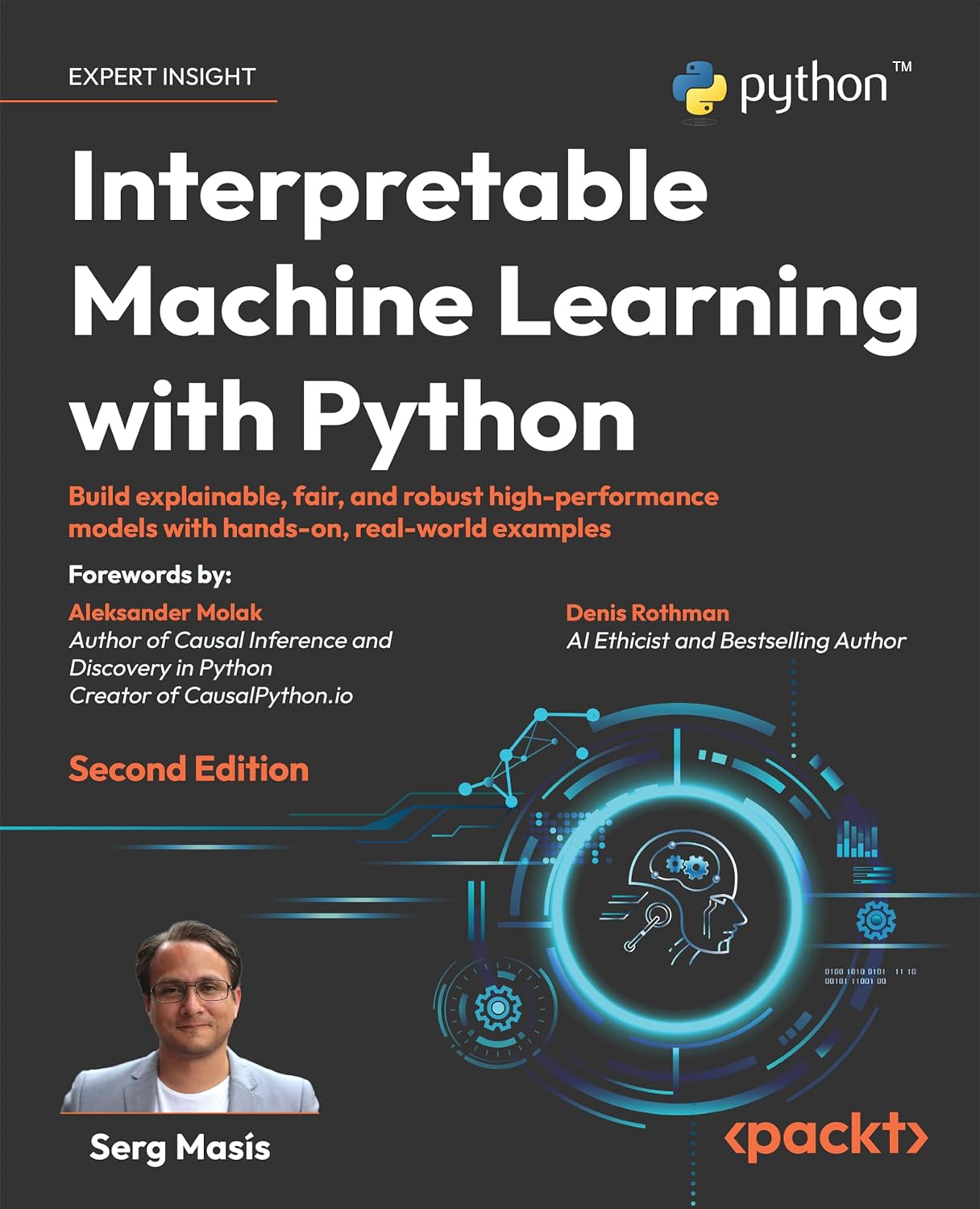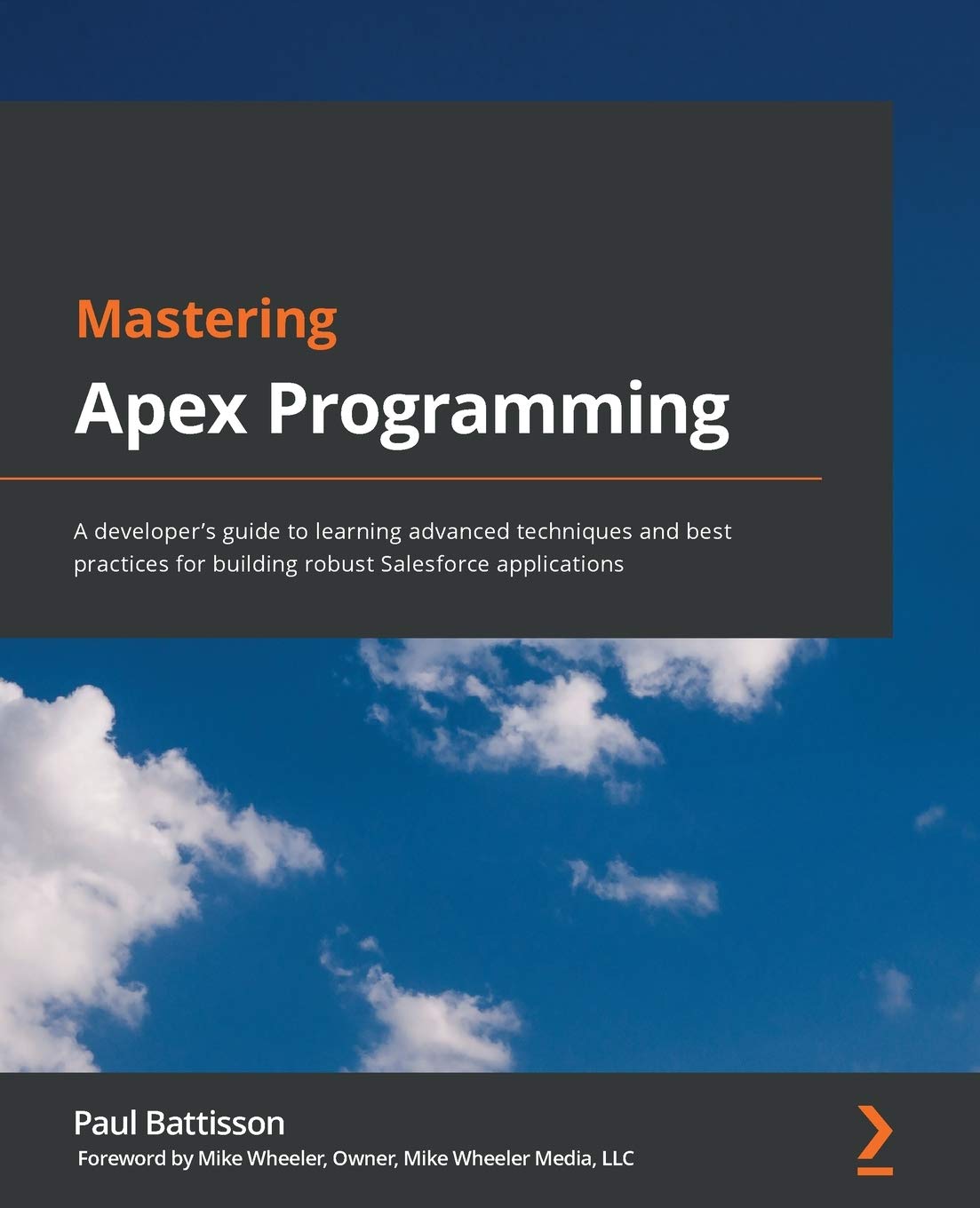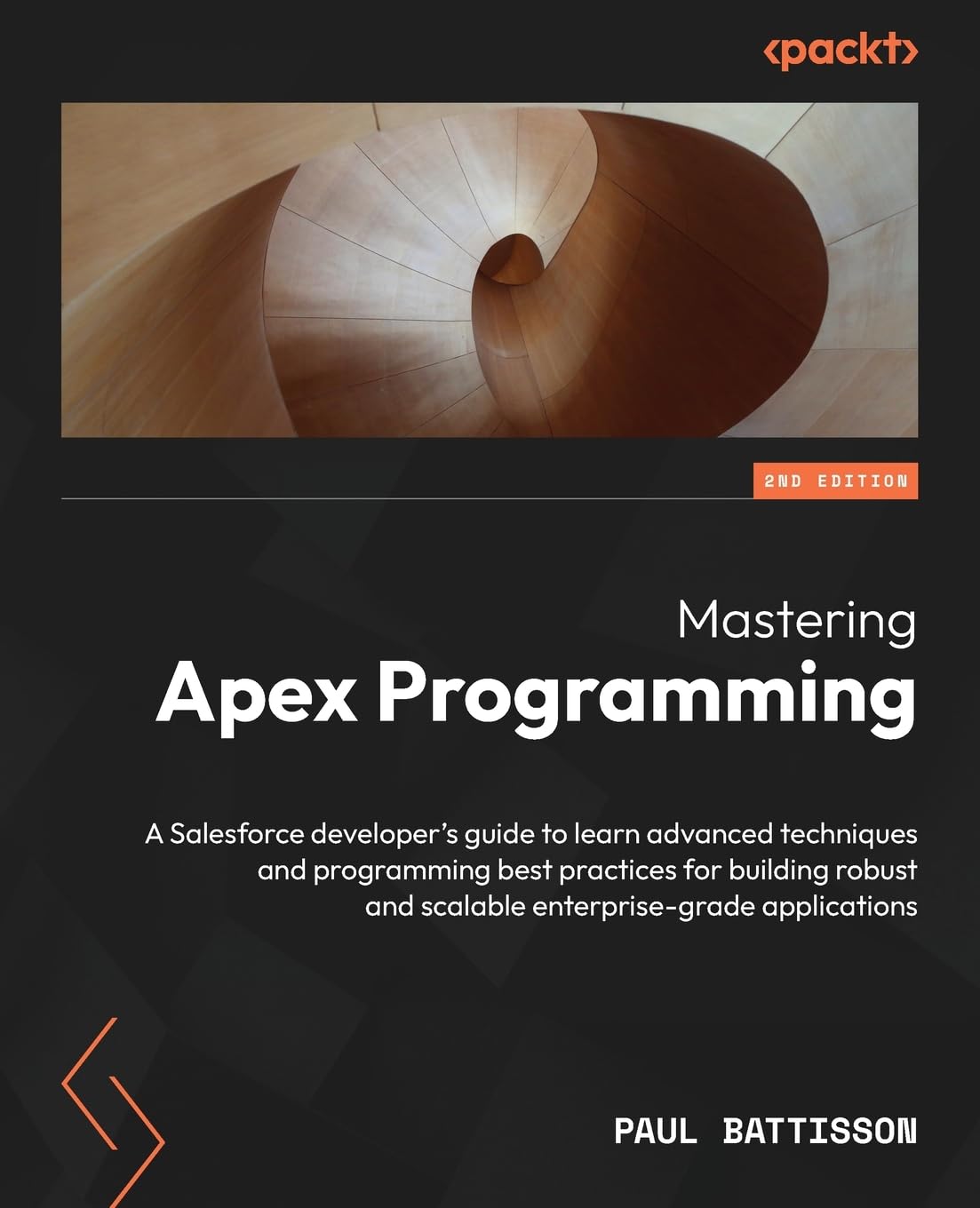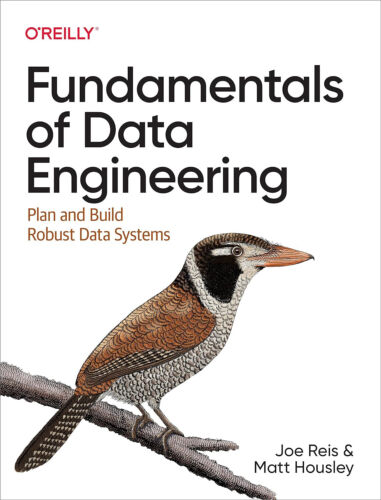Serverless computing has emerged as a popular choice for developers looking to build scalable and robust applications without the need to manage servers. Google Cloud Run is a fully managed serverless platform that allows developers to run stateless containers on a fully managed environment.
Building scalable and robust serverless applications with Google Cloud Run is a straightforward process that requires minimal configuration and management. In this article, we will explore how to leverage Cloud Run to build applications that can handle varying levels of traffic and remain reliable under load.
One of the key benefits of using Google Cloud Run is its ability to automatically scale up or down based on incoming traffic. This means that developers do not need to worry about provisioning or managing servers, as Cloud Run will handle the scaling for them. This makes it easy to build applications that can handle sudden spikes in traffic without any manual intervention.
To build a scalable and robust serverless application with Google Cloud Run, developers can start by containerizing their application using Docker. Once the application is containerized, it can be deployed to Cloud Run with a simple command. Cloud Run will then automatically scale the application based on incoming traffic, ensuring that it remains responsive and reliable under load.
In addition to automatic scaling, Google Cloud Run also provides built-in monitoring and logging capabilities that allow developers to track the performance of their applications in real-time. This makes it easy to identify and address any performance bottlenecks or issues that may arise.
Another key feature of Google Cloud Run is its integration with other Google Cloud services, such as Cloud Storage, Cloud SQL, and Pub/Sub. This allows developers to easily build applications that leverage the power of these services, further enhancing the scalability and robustness of their applications.
In conclusion, building scalable and robust serverless applications with Google Cloud Run is a straightforward process that can help developers focus on building great applications without the need to manage servers. By leveraging automatic scaling, built-in monitoring, and seamless integration with other Google Cloud services, developers can build applications that can handle varying levels of traffic and remain reliable under load.














